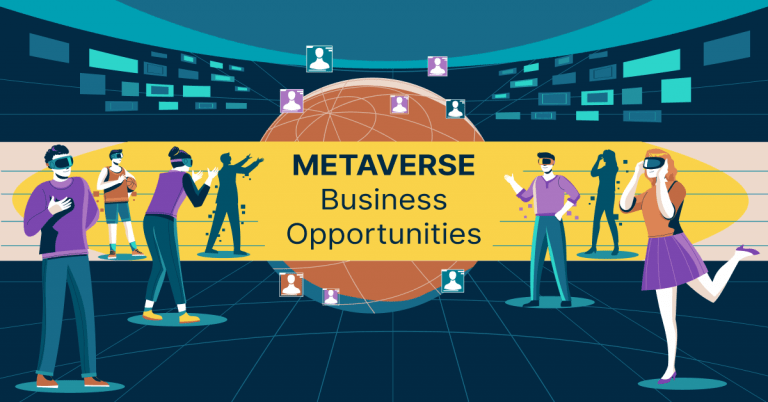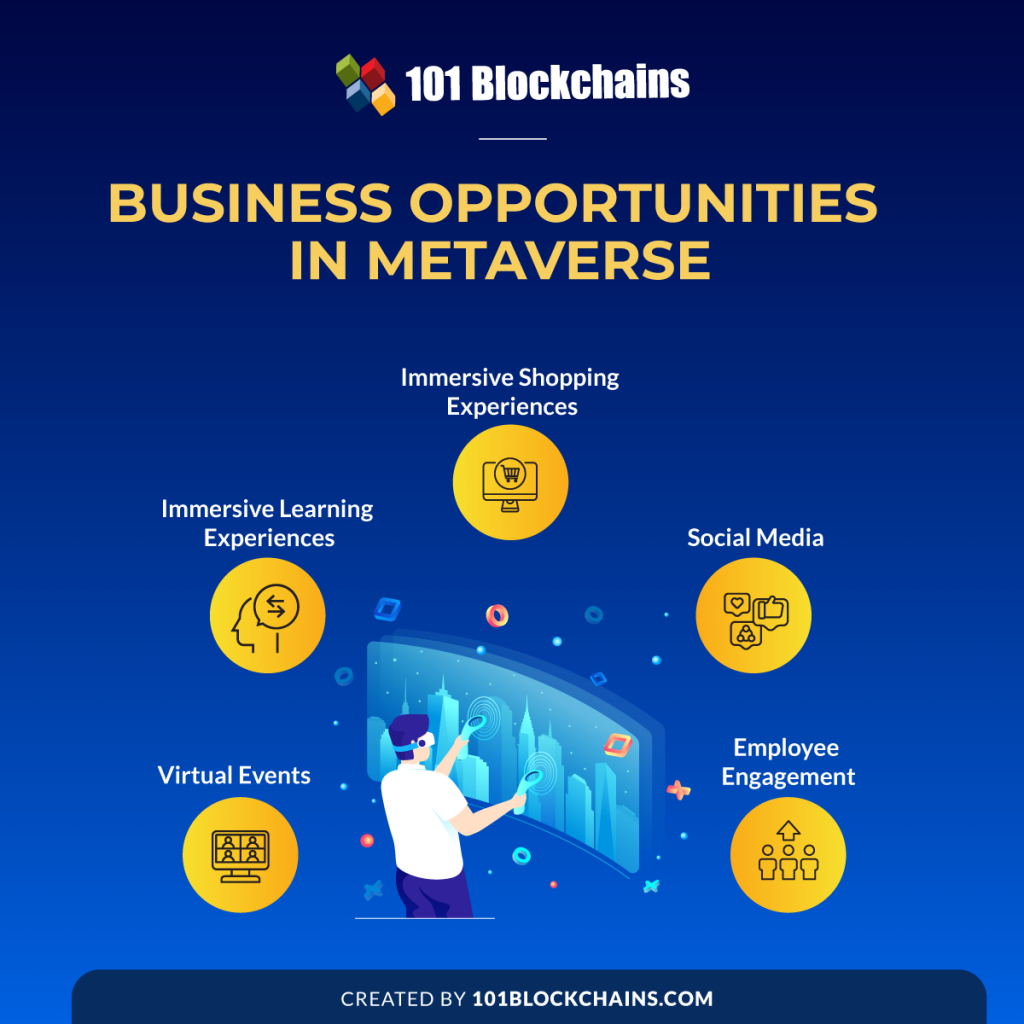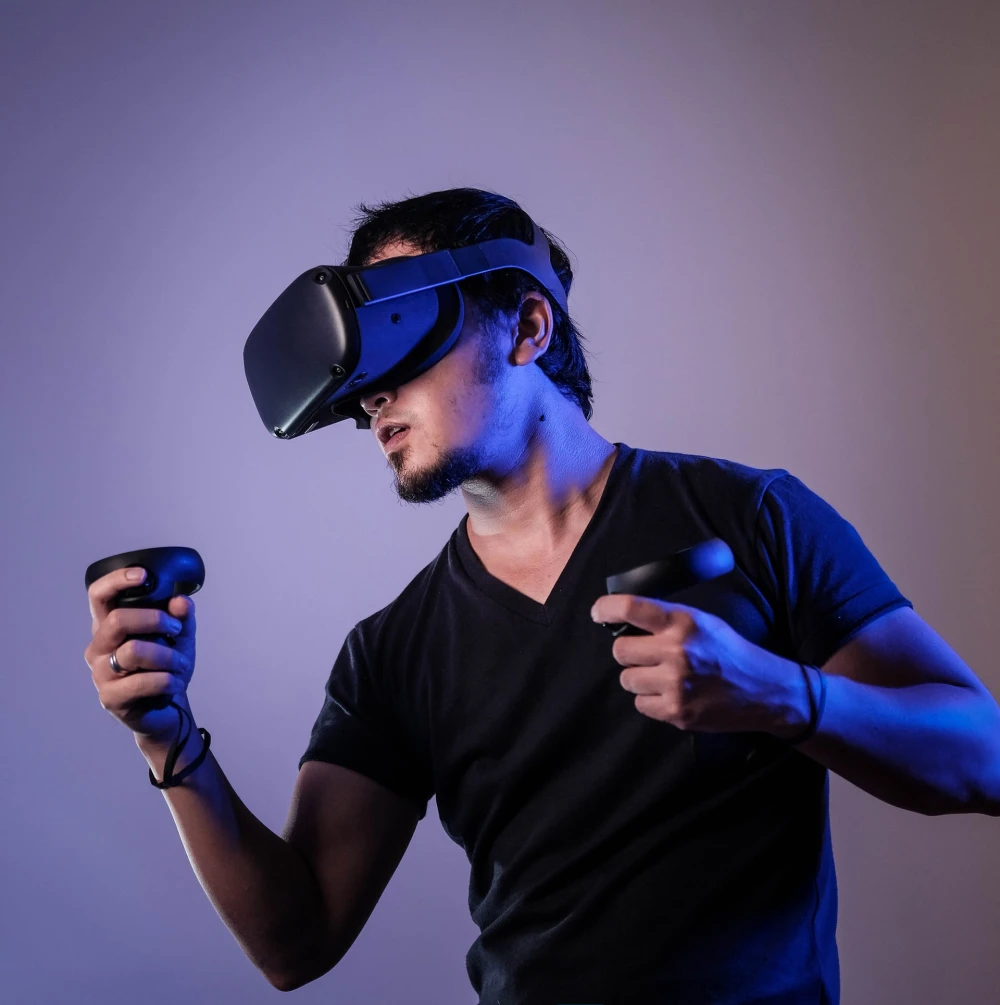Metaverse & Indian Business: Navigating 2025

The Metaverse: Navigating Opportunities and Challenges for Indian Businesses by 2025
The buzz around the metaverse has been steadily increasing, transitioning from a futuristic concept to a tangible reality with growing implications for businesses across the globe. For India, a nation rapidly embracing digital transformation, understanding the potential of the metaverse – and its associated challenges – is becoming increasingly crucial. This post explores how Indian businesses can leverage the metaverse by 2025, focusing on opportunities in marketing, e-commerce, and remote collaboration, while also addressing the hurdles that need to be overcome.
What Exactly *Is* the Metaverse? A Quick Primer
Before diving into specifics, let’s briefly define what we mean by “the metaverse.” It’s not just one thing; rather, it represents a constellation of interconnected digital worlds. Think of it as an evolution of the internet – moving beyond 2D websites and apps to immersive 3D experiences where users can interact with each other and digital objects through avatars. These interactions often incorporate elements like virtual reality (VR), augmented reality (AR), blockchain technology, and cryptocurrencies. While still in its early stages, different metaverse platforms are already emerging, including Decentraland, The Sandbox, and Meta’s Horizon Worlds.
Opportunities for Indian Businesses: A Triad of Focus Areas
The potential applications for Indian businesses within the metaverse are vast, but we’ll focus on three key areas that promise significant impact by 2025:
1. Metaverse Marketing & Branding
Traditional marketing is evolving. Consumers increasingly crave immersive and engaging experiences, and the metaverse offers precisely that. Indian businesses can leverage this through several avenues:
- Virtual Events & Product Launches: Imagine launching a new car model not just with a press conference, but with a virtual test drive experience within a photorealistic metaverse environment. This allows potential customers to interact directly with the product and brand in an engaging way.
- Interactive Brand Experiences: Brands can create unique digital spaces where users can explore their products or services – think of a furniture store allowing users to virtually arrange furniture in their own homes using AR overlays, or a fashion brand offering virtual try-on experiences.
- Influencer Marketing 2.0: Collaborations with metaverse influencers (avatars representing real individuals) are poised for growth. These digital personalities can promote products and services within the metaverse environment, reaching a new audience of engaged users.
- Gamified Advertising: Integrating brand messaging into metaverse games and experiences can be far more engaging than traditional advertising.
2. Metaverse E-commerce: Beyond 2D Shopping
E-commerce is about to get a serious upgrade. The metaverse isn’t just about browsing products; it’s about experiencing them.

- Virtual Showrooms & Stores: Businesses can create realistic virtual replicas of their physical stores, allowing customers to browse and purchase items in an immersive environment.
- Try-Before-You-Buy Experiences: As mentioned earlier with fashion, the ability for consumers to virtually try on clothes or see how furniture looks in their space significantly reduces returns and increases customer satisfaction.
- NFT Integration: Non-fungible tokens (NFTs) are finding a place in e-commerce within the metaverse. Businesses can sell digital assets – artwork, collectibles, virtual land – directly to consumers as NFTs, creating new revenue streams.
- Personalized Shopping Assistants: AI-powered avatars could act as personalized shopping assistants within the metaverse, guiding customers through products and providing tailored recommendations.
3. Metaverse Remote Collaboration & Training
Remote work is here to stay, and the metaverse can elevate collaboration significantly.
- Virtual Offices: Companies can create virtual office spaces where employees can meet, collaborate on projects, and socialize – fostering a sense of community despite physical distance.
- Immersive Training & Simulations: Industries like healthcare, manufacturing, and engineering can benefit from immersive training simulations within the metaverse, allowing employees to practice complex tasks in a safe and controlled environment. Imagine surgical trainees practicing procedures in a realistic virtual operating room.
- Virtual Conferences & Workshops: Metaverse events offer greater engagement than traditional webinars through interactive environments and networking opportunities.
Challenges for Indian Businesses in the Metaverse Landscape
While the potential is exciting, Indian businesses face several challenges to successfully navigating the metaverse:
- Infrastructure Limitations: Reliable high-speed internet access remains a barrier for many parts of India. This limits accessibility and usability of immersive metaverse experiences.
- Cost & Investment: Developing metaverse applications and infrastructure requires significant investment in hardware, software development, and talent acquisition – a hurdle for smaller businesses.
- Digital Literacy & Adoption: While digital adoption is high in India, familiarity with VR/AR technologies and blockchain concepts remains relatively low among the general population. Education and awareness campaigns are crucial.
- Regulatory Uncertainty: The legal and regulatory landscape surrounding the metaverse – particularly regarding issues like data privacy, intellectual property rights, and virtual asset ownership – is still evolving. Clear guidelines from the government are needed to foster trust and encourage investment.
- Security & Privacy Concerns: The metaverse presents new security risks and privacy concerns that businesses need to address proactively. Protecting user data and preventing fraud within these digital environments will be paramount.
- Accessibility for All: It’s vital to ensure the metaverse is accessible to individuals with disabilities, avoiding a further widening of the digital divide. Considerations must be made for different levels of technology access and diverse needs.
Looking Ahead: Preparing Indian Businesses for 2025
The metaverse isn’t a distant future; it’s rapidly approaching. For Indian businesses, now is the time to start preparing:
- Experimentation & Pilot Projects: Start small with pilot projects to explore different metaverse applications and gauge user interest.
- Skill Development: Invest in training employees on VR/AR technologies, blockchain concepts, and digital asset management.
- Strategic Partnerships: Collaborate with technology providers, metaverse platform developers, and creative agencies to leverage their expertise.
- Advocacy & Policy Engagement: Engage with policymakers and industry organizations to shape the regulatory landscape surrounding the metaverse.
- Focus on User Experience: Ensure that metaverse experiences are user-friendly, accessible, and valuable for Indian consumers.
By proactively addressing these opportunities and challenges, Indian businesses can position themselves to thrive in the evolving digital landscape of 2025 and beyond – becoming pioneers in the exciting new frontier of the metaverse.



